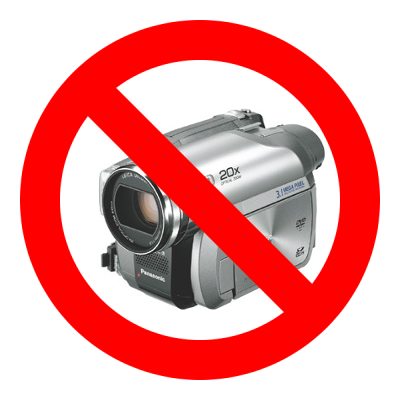 | ||
| CC Courtesy of Sign Dvd Music Video Icon | by Nemo on Pixabay |
But before I begin, I'd like to share two things. First, there is no magic bullet; there is always the potential for noncompliance. Second, noncompliance for video watching should be seen as and treated as any other behavioral issue. I wouldn't accept fear of noncompliance as a valid obstacle to flipping. Any educational model will present students with the opportunity to misbehave.
Tips for building video watching accountability and motivation -
1) Need to know: the most important tip is the video ought to teach students things they need to know. For that reason, I prefer the explore-flip-apply and problem based learning models over traditional flipping because students watch videos after doing some exploration. The exploration generates some questions and illuminates unknown information that can be shared in the video.
2) Time: students are less likely to watch long videos. I've heard flipped vets recommend 1 minute per grade level. So a 10th grader can watch a 10 minute video and 8th graders can watch an eight minute video. I'm unsure if these guidelines are based on research but I strive for 7-8 minutes and usually end up at 10 minutes. Anything above 10 minutes seems excessive to me.
3) Accountability during and after video:
- During the video, I have students take notes (just as they would've done in a classroom lecture.) I provide them with an optional guided note sheet.
- After the video, they have to complete a google form with understanding-level questions. Their answers get sent to me and organized into a spreadsheet.
4) Make it interactive: just like any presentation, students will be more engaged if the video is interactive. Instead of just lecturing through content, work though problems together and ask questions. I like to post a question, have students pause the video, then continue watching to work through the rest of the problems and video.
5) Good production: disclaimer here, I don't think students will watch because a video is high quality but they sure will avoid videos that are hard to view and hear. Make the video as painless as possible by thinking through visibility, color scheme, volume, transitions and annotations. I also like to add a catchy tune at the beginning and end of each video to build some excitement.
6) Make it personal: some teachers are not fans of the screen in screen option but I always feel more of a connection when I can see the face of the instructor in their video. There's something distant about a faceless presentation with just a voice over.
7) Make it required: I personally prefer a flexible model where students can choose how to learn content. However, if video viewing is of utmost importance, then make it required. In addition to using your normal techniques, make sure you don't bail out students. While it's appropriate to help struggling students, don't reteach the content in class for students whom neglected to view the video.
If you have other suggestions, please feel free to leave comments.








